1. Woolworth’s
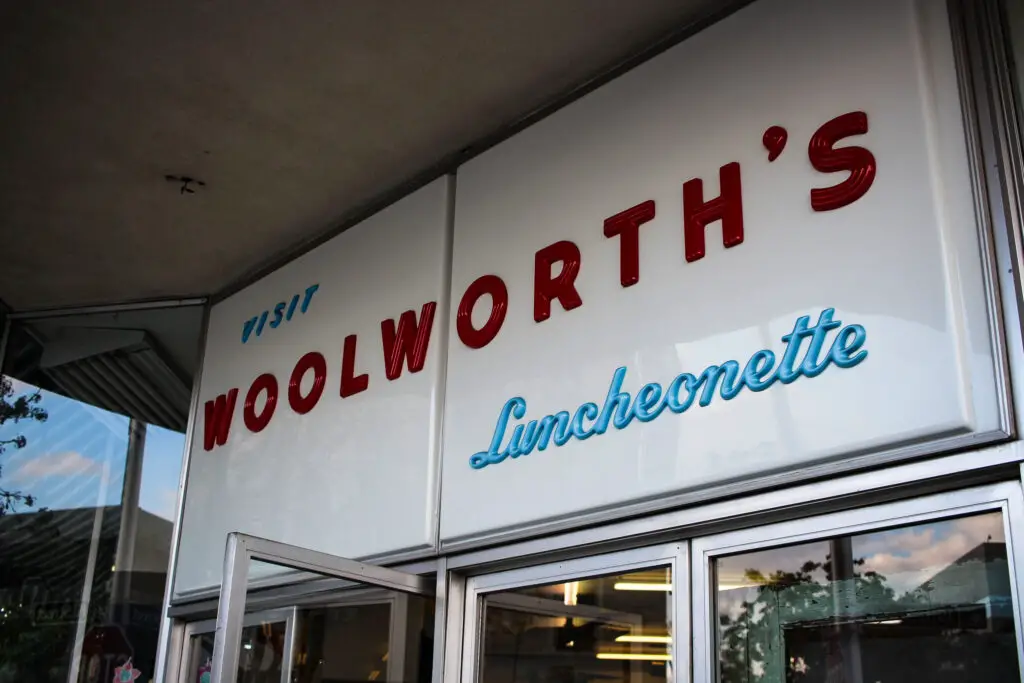
Woolworth’s was the place to be if you wanted to grab a quick lunch at the counter and then browse aisles packed with everything from toys to household goods. Known as one of the original five-and-dime stores, it had a little bit of everything, making it a go-to for shoppers of all ages. The lunch counters became iconic, serving simple yet beloved meals like grilled cheese and cherry Cokes. At its peak, Woolworth’s had thousands of locations, proving that the model of convenience and affordability was a winning one says Lumos Business.
But as shopping malls and big-box stores took over, Woolworth’s struggled to keep up. By the ’90s, it had lost its edge, closing its last U.S. stores in 1997. The brand still technically exists overseas, but in the U.S., it’s just a fond memory. Some people still talk about those counters with nostalgia, remembering the days when you could shop for a little bit of everything under one roof.
2. Zayre
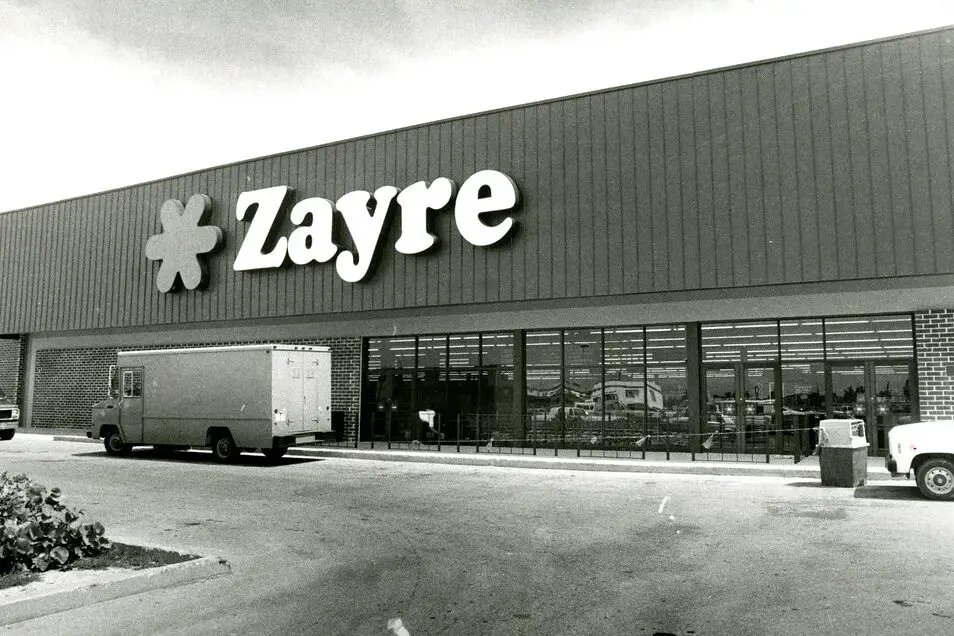
Zayre was one of those discount department stores that felt like it had absolutely everything. Whether you needed clothes, furniture, or toys, it was a one-stop shop for budget-conscious families. The bright red logo was instantly recognizable, and its frequent sales kept shoppers coming back. At its height, Zayre had hundreds of stores across the country, offering a cheaper alternative to higher-end department stores explains Wikipedia.
By the late ’80s, though, competition from Kmart, Walmart, and Target made it harder for Zayre to survive. The company sold off its stores to Ames in 1988, and within a few years, the name Zayre was completely gone. Ames itself didn’t last much longer, eventually going under in 2002. For those who grew up shopping at Zayre, the store still holds a special place in retail history.
3. A&P
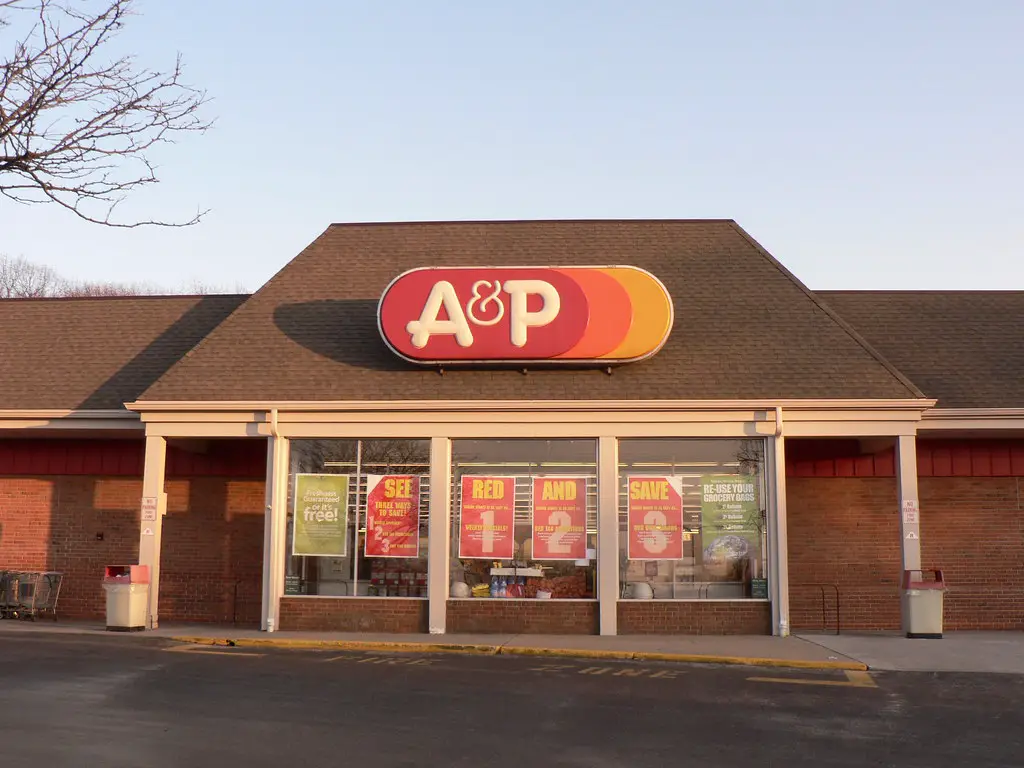
A&P, or The Great Atlantic & Pacific Tea Company, was once one of the biggest grocery store chains in America. It started in the 1800s and became a household name, with locations in nearly every major city says Tasting Table. The chain was known for its low prices, fresh produce, and iconic Eight O’Clock Coffee brand. Families relied on A&P for their weekly shopping trips, and its red-and-white logo was a familiar sight for decades.
But over time, competition from modern supermarkets and warehouse stores like Costco made it difficult for A&P to keep up. Despite efforts to modernize, the company filed for bankruptcy multiple times before finally closing its last stores in 2015. Even though it made it into the 21st century, its real heyday was in the ’60s and ’70s. For many, A&P will always be remembered as the grocery store that defined their childhood.
4. Montgomery Ward
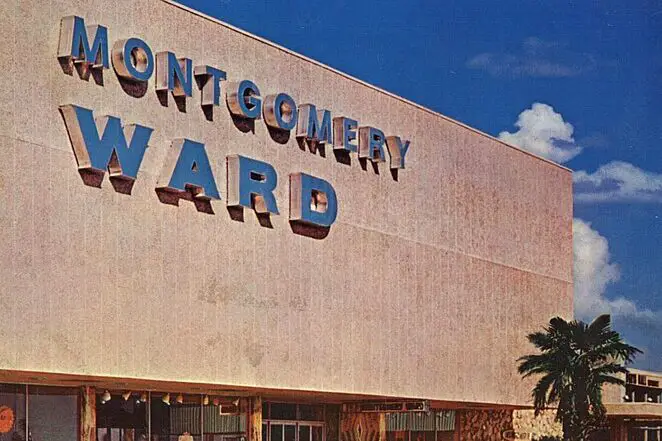
Montgomery Ward was a retail giant that sold just about everything, from clothing to appliances to furniture. It was one of the first big department stores to offer a mail-order catalog, making it possible for people in rural areas to shop just as easily as those in big cities. In its prime, the company had hundreds of stores across the country and was a serious competitor to Sears. Shoppers loved Montgomery Ward for its reliable products and affordable pricing.
Unfortunately, the company struggled to keep up with changing shopping trends and the rise of online retail. After years of financial troubles, Montgomery Ward shut down all of its stores in 2001. The name still exists in a limited capacity as an online retailer, but it’s nowhere near what it used to be. For those who remember flipping through its thick catalog, Montgomery Ward represents a time when shopping felt a little more special.
5. Ben Franklin Stores
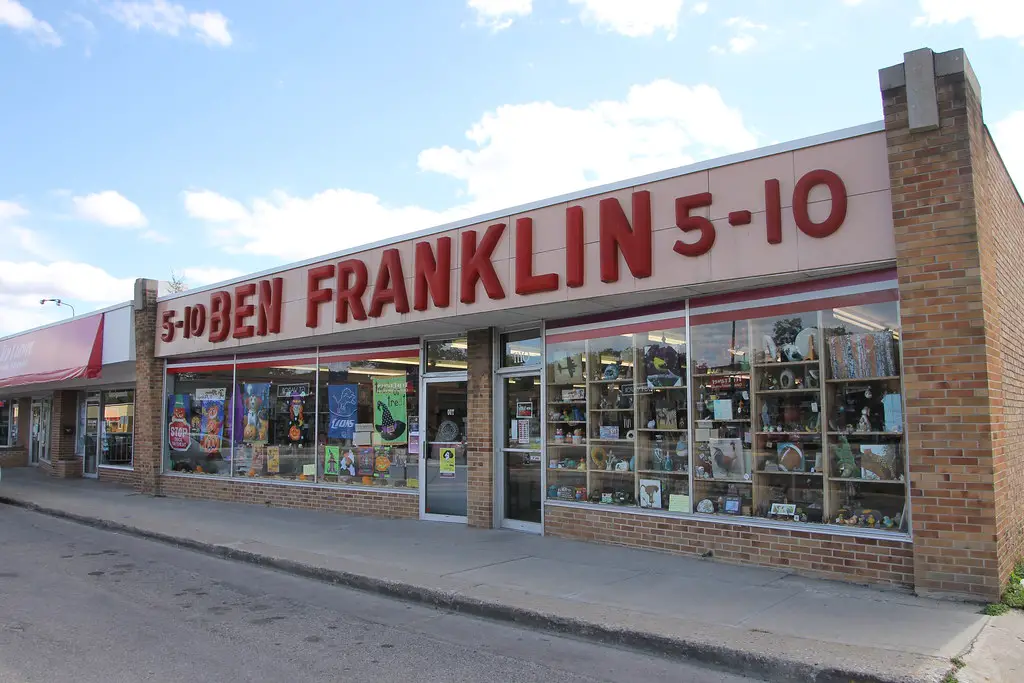
Ben Franklin Stores were some of the original five-and-dime shops, offering everything from craft supplies to candy. They were known for being small but packed with goods, making them a favorite for quick and affordable shopping trips. Many were independently owned, giving them a more personal feel than larger chains. Parents loved them because they were an easy place to grab toys and school supplies without breaking the bank.
As the retail landscape changed, Ben Franklin Stores began to disappear. Competition from big-box retailers and online shopping made it difficult for small discount stores to survive. Some locations still exist, but they are few and far between. Most people who remember Ben Franklin Stores do so with a sense of nostalgia, thinking back to a time when shopping felt a little more personal and a lot more fun.
6. Korvette’s

Korvette’s was one of the first discount department stores to challenge traditional high-end retailers. It was known for offering deep discounts on everything from clothing to electronics, making it a favorite for budget-conscious shoppers. Some say the name came from “eight Jewish veterans” who founded it, though that’s just a myth. What’s certain is that Korvette’s changed the way people shopped, proving that department stores didn’t have to be expensive to be successful.
Despite its success, Korvette’s struggled to compete with the growing wave of big-box retailers. By the late ’70s, financial troubles forced the company to start closing locations, and by 1980, it was completely gone. For those who remember shopping there, Korvette’s was a store that felt ahead of its time. Its legacy still lives on in the discount retail industry, even if the name itself has faded into history.
7. Miller’s Outpost
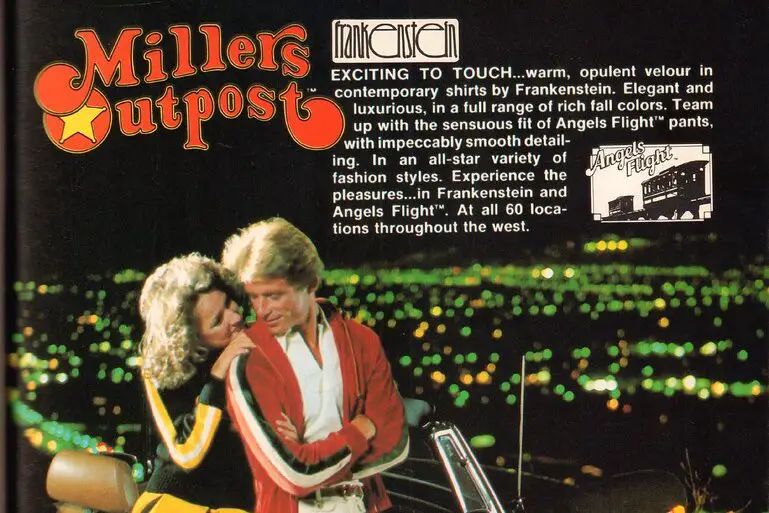
Miller’s Outpost was the go-to spot for denim lovers in the ’70s and ’80s. If you needed Levi’s, Wrangler, or any other trendy jeans of the time, this was the place to go. The store had a cool, laid-back vibe that made it a favorite among teens and young adults. With locations in malls across the country, Miller’s Outpost was a staple of casual fashion for years.
But as fashion trends changed and competition grew, Miller’s Outpost struggled to keep up. By the ’90s, it rebranded as Anchor Blue, but that didn’t last long either. The company eventually went out of business in 2011, closing all of its stores. For those who grew up shopping there, Miller’s Outpost remains a reminder of a time when finding the perfect pair of jeans was a Saturday afternoon ritual.
8. Grant’s
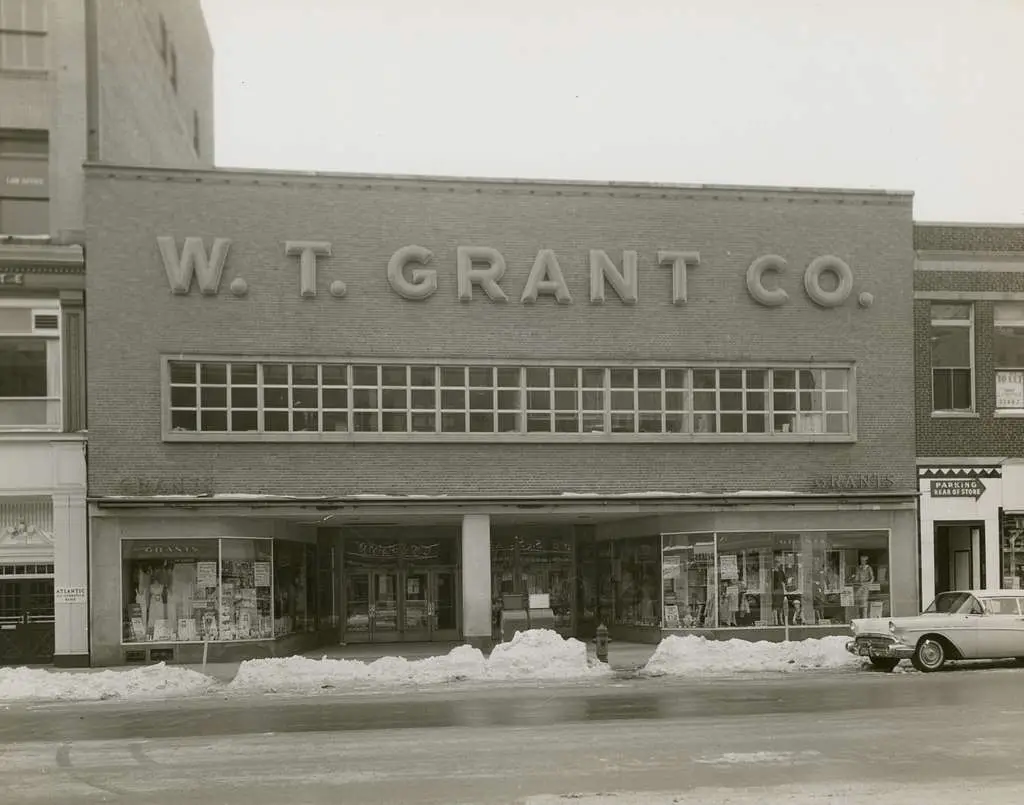
Grant’s was another five-and-dime store that had a little bit of everything. It was similar to Woolworth’s, offering household goods, toys, and even a lunch counter where shoppers could grab a quick bite. At its peak, Grant’s had hundreds of stores across the country, making it a popular destination for bargain hunters. Its stores were bright, welcoming, and always busy with families looking for good deals.
Unfortunately, as shopping habits changed, Grant’s couldn’t keep up. It shut down all its locations by 1976, leaving behind only memories of its once-thriving business. Other discount stores like Kmart and Walmart took over, offering the same types of products but on a much larger scale. For those who remember shopping at Grant’s, it was one of the original discount stores that made bargain hunting feel like an adventure.
9. Chess King
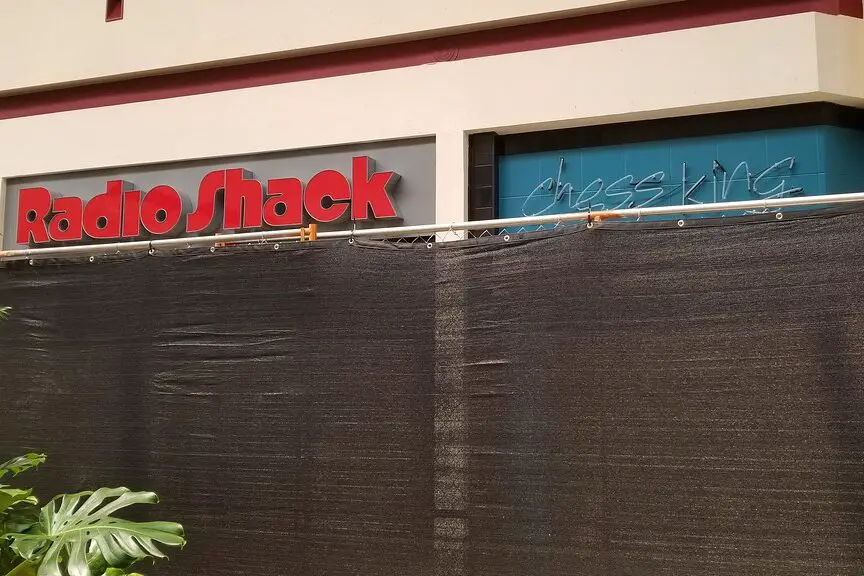
Chess King was the ultimate store for trendy menswear in the ’70s and ’80s. If you were looking for flashy shirts, tight pants, or a stylish suit for a night out, this was the place to go. The store had a distinct vibe, catering to young men who wanted to stand out. Its bold fashion choices were a hit during the disco era, making it a go-to for guys who wanted to look sharp.
But as trends shifted in the late ’80s and early ’90s, Chess King lost its appeal. The flashy, over-the-top style fell out of favor, and more casual fashion took over. The company struggled to adapt, and by 1995, all locations had closed. Even though it’s gone, Chess King is still remembered as the store that dressed an entire generation of stylish young men.
10. Service Merchandise
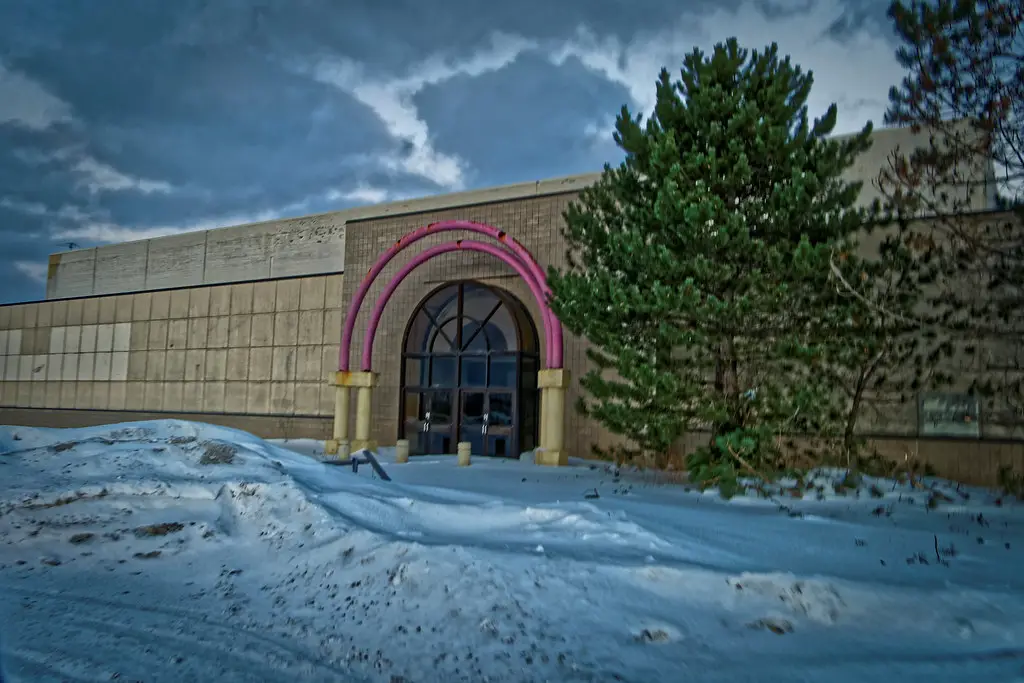
Service Merchandise was a unique kind of retail store that combined a showroom experience with catalog shopping. Instead of grabbing items off the shelf, you would browse displays, fill out an order slip, and wait for your purchase to be brought out from the stockroom. It was a different way to shop, but people loved the variety of products, from jewelry to electronics to home goods. The store was especially popular for holiday shopping, as it carried many gift-worthy items at reasonable prices.
As shopping trends changed, Service Merchandise struggled to compete with traditional department stores and online retailers. The experience of filling out slips and waiting for products started to feel outdated. By the early 2000s, the company had filed for bankruptcy, closing all of its stores by 2002. While it may seem like a strange concept now, for those who remember it, Service Merchandise was a fun and exciting way to shop.
11. The Treasury
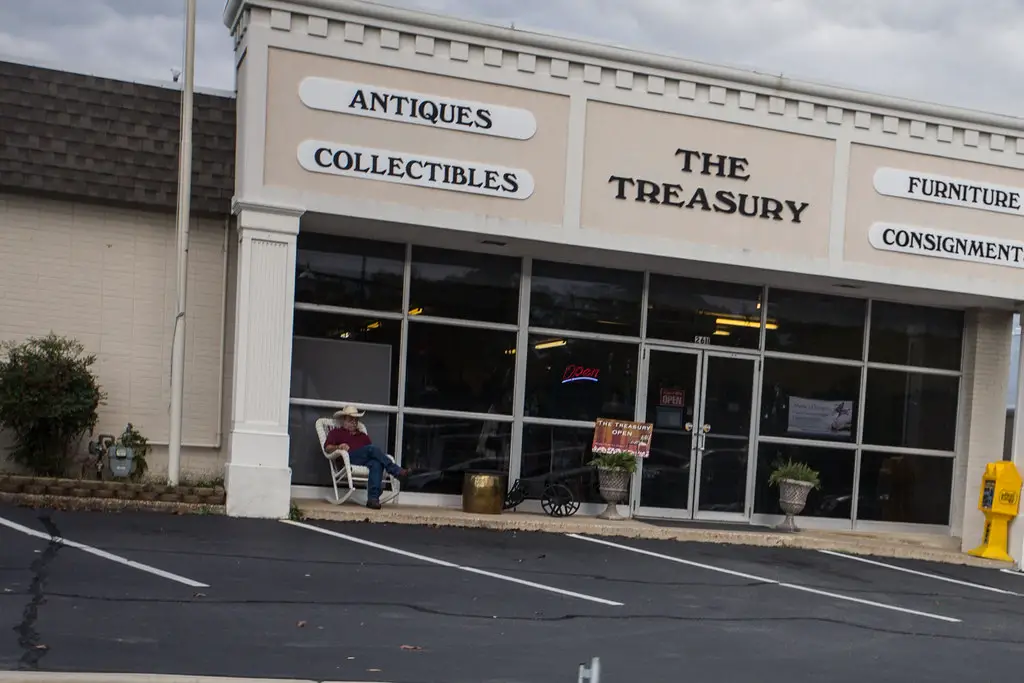
The Treasury was a discount department store chain owned by JCPenney, and it offered everything from clothing to home goods at lower prices. It had a warehouse-style layout, making it feel different from traditional department stores. Shoppers appreciated the wide selection and the deals they could find, making it a popular stop for families looking to save money. It was one of the first big discount stores to take on more established names, proving that budget shopping could still be stylish.
However, The Treasury didn’t last long, closing all of its locations by the early ’80s. JCPenney decided to focus more on its main department stores and let go of the discount experiment. The competition from growing chains like Walmart and Kmart also made survival difficult. While it wasn’t around for as long as some other chains, The Treasury left behind memories of bargain shopping done right.
12. Shakey’s Pizza
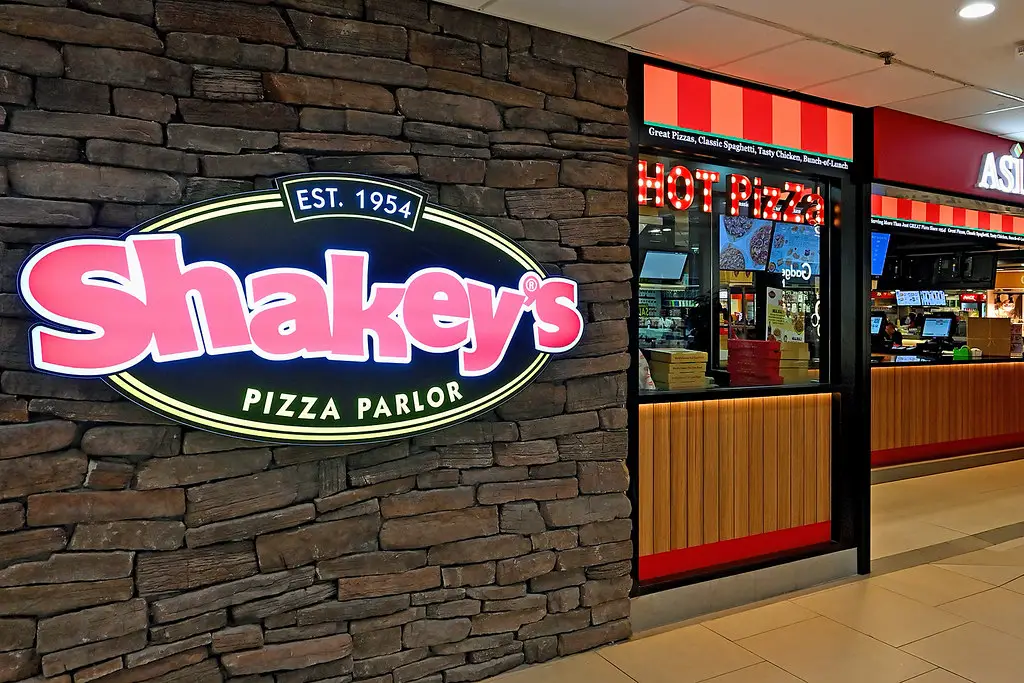
Shakey’s Pizza was more than just a pizza chain—it was an experience. The restaurant had a fun, old-timey vibe, often featuring live ragtime music and a family-friendly atmosphere. It became a popular spot for birthday parties, team celebrations, and casual nights out. The pizza itself was simple but delicious, and the relaxed setting made it a great place to hang out.
Over the years, competition from bigger pizza chains like Pizza Hut and Domino’s took a toll. Many locations started closing in the ’80s and ’90s, and while a few still exist today, it’s nothing like the booming chain it once was. For those who grew up going to Shakey’s, it represents a time when going out for pizza felt like a real event. Even now, some people still crave a slice of that nostalgia.
13. Thom McAn
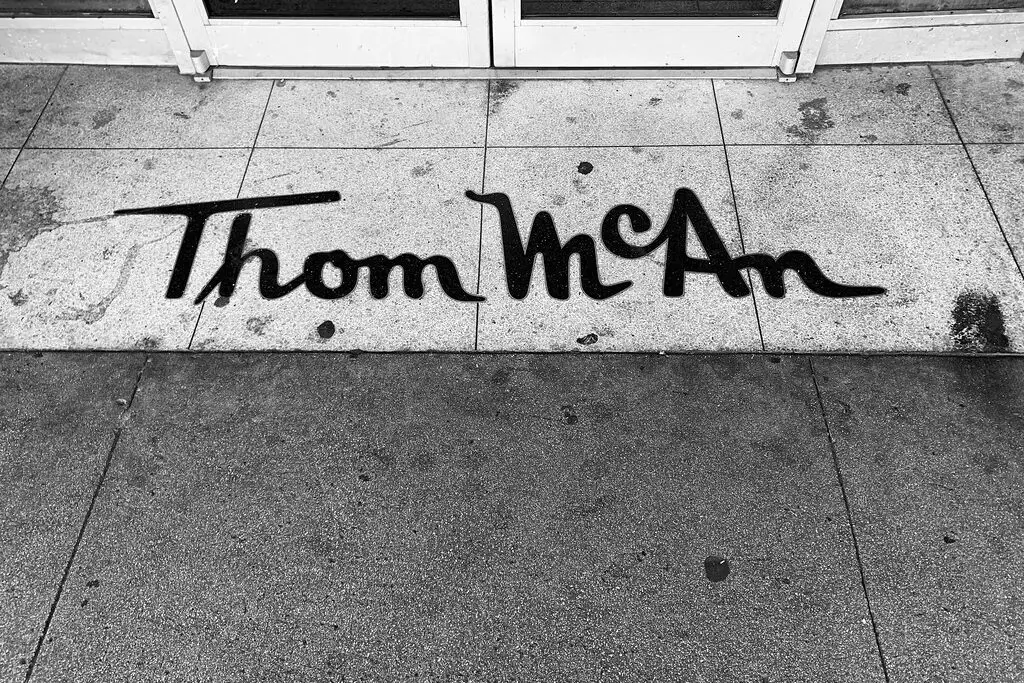
Thom McAn was once one of the biggest shoe retailers in America, known for selling stylish and affordable footwear. It had stores in malls across the country, offering everything from dress shoes to casual sneakers. For decades, it was the go-to place for families looking for quality shoes at reasonable prices. Its reputation for durable, comfortable footwear made it a household name.
However, as shopping habits changed, Thom McAn couldn’t keep up with competition from brands like Nike and Reebok. The company began closing stores in the ’90s, eventually shutting down all standalone locations. While the name still exists under other brands, the classic Thom McAn store experience is long gone. For many, it remains a reminder of a time when shoe shopping was simple and affordable.
